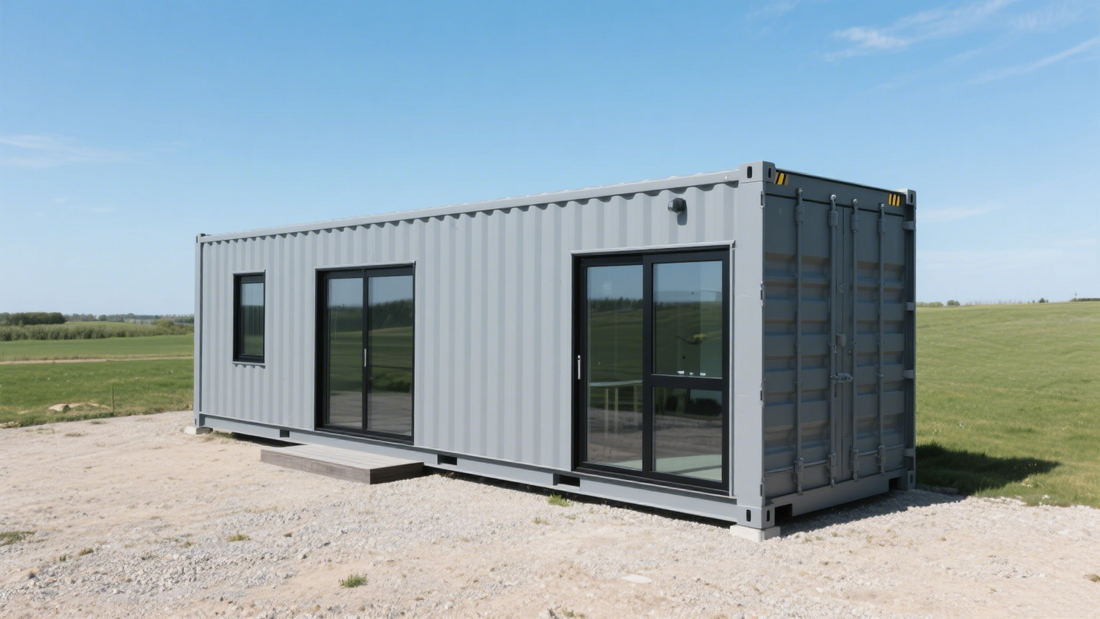
Steel Frame Structures: Revolutionizing Prefabricated Container Housing
I. Core Advantages of Steel Frame Structures
Steel frame structures, composed of steel beams and columns, bear the entire load of a building through factory and on-site bolt connections. Their key benefits include:
- Efficient Construction: Modular manufacturing enables precise production of steel components in factories, reducing on-site assembly time by over 50%.
- Cost Optimization: Prefabrication minimizes labor dependency, lowers costs, and eliminates material waste common in traditional construction.
- Sustainability: Steel’s 100% recyclability allows infinite reuse without performance loss. Recycling consumes 20% of the energy required for virgin steel production, drastically cutting carbon emissions.
II. Design Logic of Non-Load-Bearing Wall Systems
Walls in steel frame structures serve only as enclosures and partitions, offering:
- Spatial Flexibility: Users can freely adjust layouts for residential or commercial use.
- Enhanced Seismic Performance: Steel’s ductility surpasses concrete, combined with lightweight walls for higher earthquake resistance.
III. Three Types of Steel Structures
- Light Steel Frame: Ideal for low-rise housing, lightweight, and easy to install.
- Heavy Steel Frame: Suitable for high-rise or large-span buildings, offering superior load-bearing capacity.
- Steel Frame Wall Systems: Integrated insulation and soundproofing improve energy efficiency.
IV. Steel vs. Traditional Concrete Buildings
| Dimension | Steel Frame | Traditional Concrete |
|---|---|---|
| Construction Time | 3-6 months (modular) | 12-18 months (cast-in-place) |
| Sustainability | Steel is infinitely recyclable | Concrete generates waste |
| Seismic Performance | High ductility, superior safety | Brittle, prone to cracking |
| Long-Term Cost | Low (minimal maintenance) | High (frequent repairs) |
V. Future Outlook
As green building policies advance, steel frame structures will dominate temporary housing and commercial projects. Their modular design and eco-friendly principles are redefining efficiency and sustainability in modern architecture.
